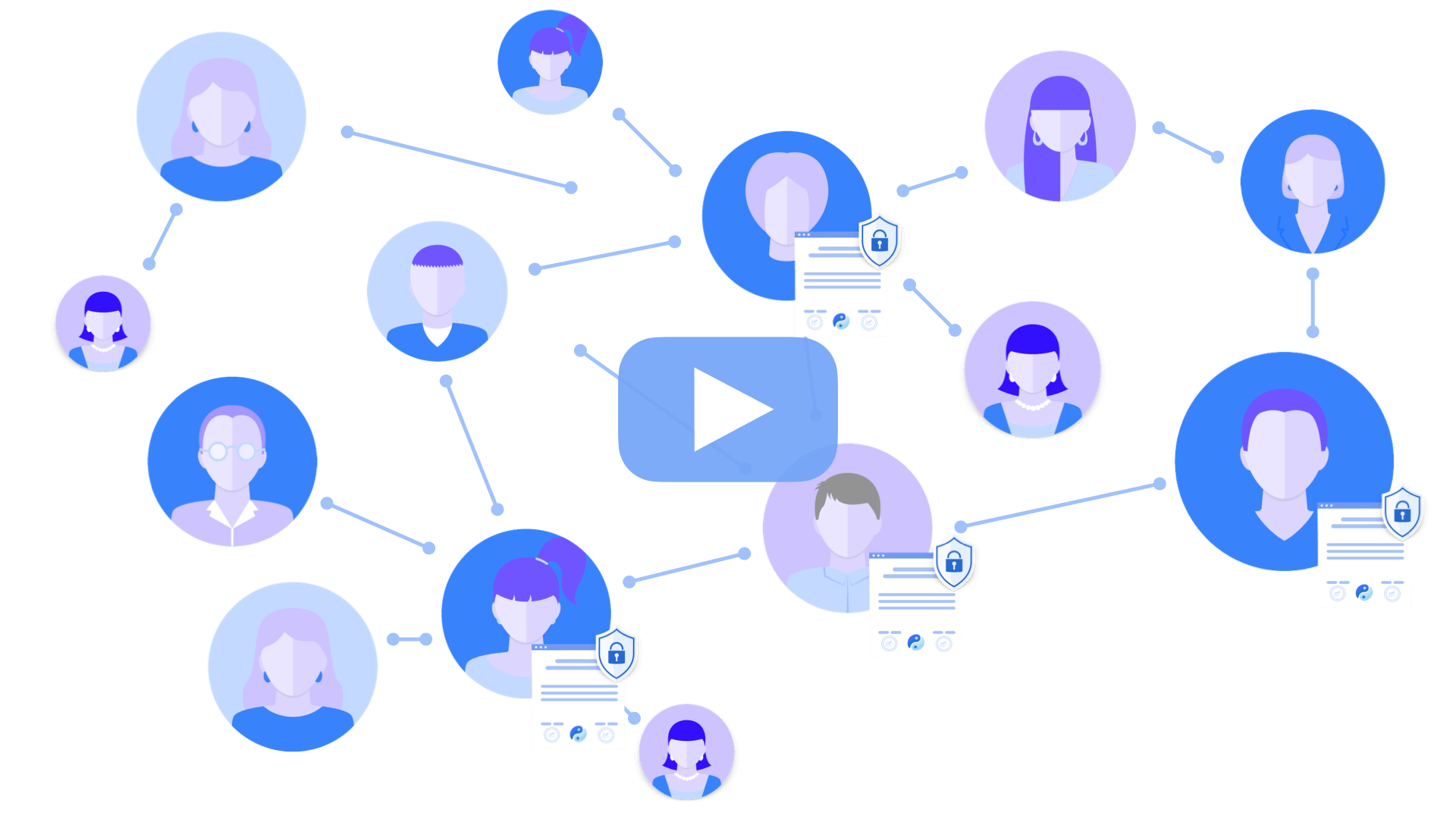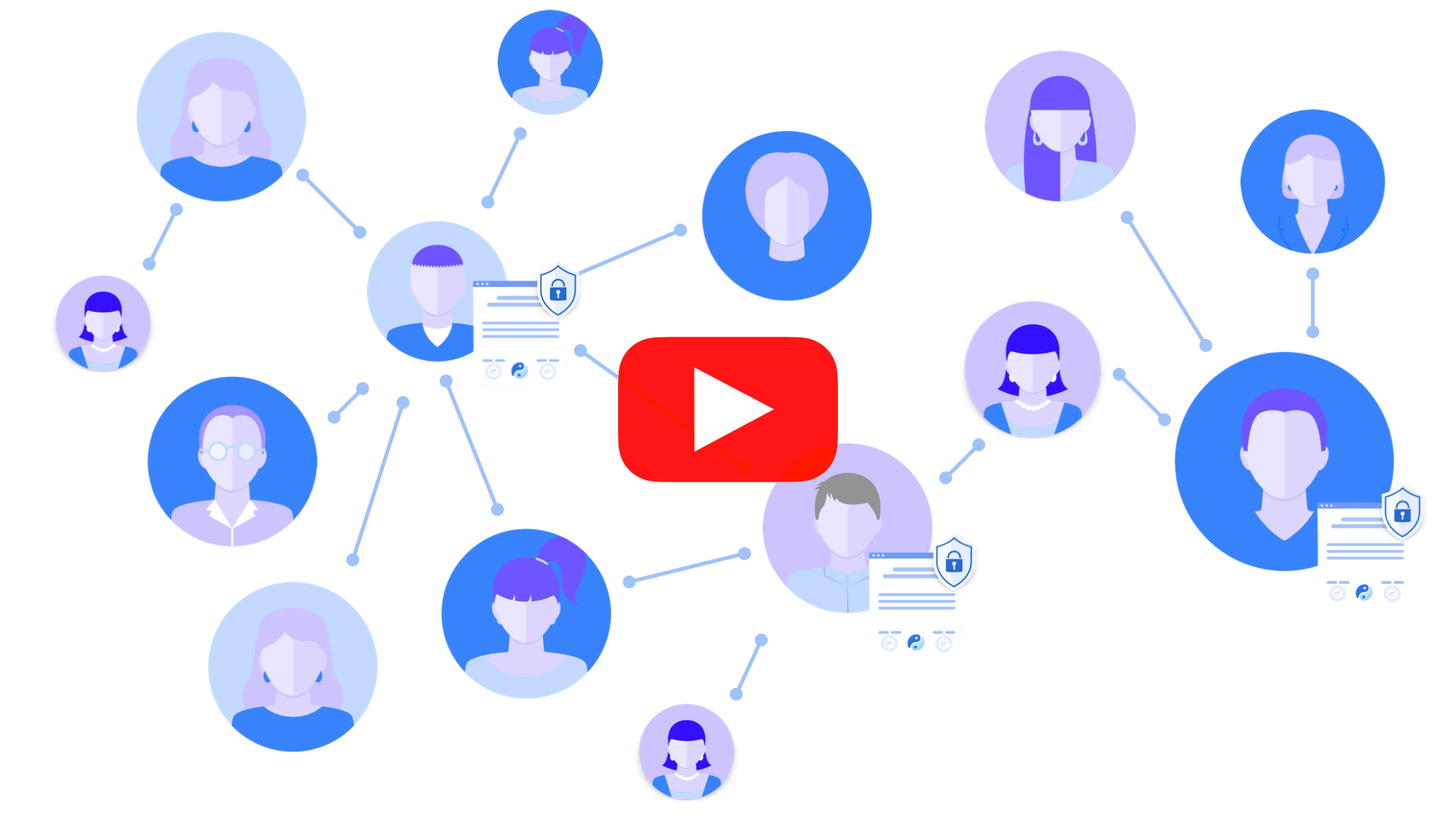
TRST: More than a currency
Governing Apps and ensuring user security
TRST: More than a currency
For years, the vision of crypto is decentralized and trustless apps. So far, there is a lack of features to enable this. By bringing Web2-like functionality to Web3 in a safe and improved way, Trustless Hub supports the most powerful on-chain apps. Because we want you to feel good about the apps that you interact with, the Hub gives you, the community, the power to manage the apps that are run. Trustless Hub is essentially a very powerful App Store, hence it is governed by the community.
Learning from Apple and the App Store
Whereas Apple created a safe and feature-rich platform for users, current Layer 1 smart contracts are limited in functionality. Also, because contract code is unverified, these platforms are like towns in ’the wild west’. Rug-pulls and centralized parties like Celsius prove skeptical people right, time and time again. Crypto is not a safe place.
Current layer 1 contracts are not programmable on a block-level. Like web apps, they do not provide native OS functionalities. The current belief is that these smart contracts will take off, similar how Apple believed web apps to kick-off after introducing iPhone. Yet, when they launched the App Store with its SDK it was an instant hit, as users could finally use apps with native OS features.
Apple knew that their app platform should be governed. Adding native features to app code is powerful and should not be used in the wrong way. Users love the App Store as they are ensured that the code is verified.
Creating a safe place for people to access financial services is imperial to a well-functioning decentralized peer-to-peer economy. Yet, without proper governance it is impossible. Apple as a sole owner decides what goes on the App Store, Yet, better decision making comes from democracy and decentralization. Hence, decision making should be community-first and decentralized.
Trustless Hub aims to be the ultimate chain-native DAO. Through voting, contract code will be audited. Then it can be instantiated and executed by anyone. Further, the Hub can govern vital contracts.
Trustless Hub enables smart contracts 2.0, called Trustless Contracts, which combine 3 major functionalities: verifiability, programmable privacy and block-based smart contract execution.
Trustless Contracts remove the need for centralized backends though maximum programmability. Contracts have encrypted inputs; an encrypted state in addition to a public state. Through Auto Messages, applications use time-based programmability.
Next to being used as an Interchain currency, TRST secures the Hub through staking, is used for code approval and as a code execution fee.
Contract Code Approval
TRST is used to enable contract code on-chain. Because Trustless Contracts are highly programmable on a block-level, we minimize any attack possibilities by governance code approval. As the incentives of TRST holders is to maximize TRST value, this makes total sense and keeps the the chain secure.
Because we want you to feel good about the apps that you interact with, the Hub gives you, the community, the power to manage the apps that are run. It creates a safe place where anyone can be ensured when interacting Trustless Hub contract, just like the App Store for Apps.
We want to minimize the need for trust in anyone, hence Trustless Hub does not support contract upgradability. The contract code and the contract engine is non-upgradable. This is important for us. Migratable contract code creates opportunities for contract runners to rug-pull. When money is at stake, criminals may find a way. To ensure safety of the code runner and the code users we built the virtual machine in a way that central points of failure are removed. In our design apps can still migrate, and this will require users to move their funds.
Contract instances — AutoMessage Fees
Because anyone can run contracts and these can run recurrently, we have carefully designed 10 parameters to control how code is run and how contract incentives are aligned over our stakeholders, contract users, owners and TRST token holders.
For AutoMessages — contract self-execution- the fee is generated by 3 parameters:
1. FlexFee
A gas-dependent fee, which can be multiplied in case of high transaction volume.
2. ConstantFee and RecurringConstantFee
A fee for a one-time self-execution. Given a high number of transactions for Recurring or One-time only transactions, fees can be increased to allow the network to process more high quality transactions.
3. Commission. When there are funds on the contract when the self-executing duration ends, funds go to the contract owner. The community pool takes a commission of this.
Additionally, TRST is used for general transaction fees in Trustless Contracts. Contract users pay these in native TRST.
Governance
Next to code approval and setting fees for AutoMessages, TRST governance can set how contracts should be run. Contracts can have a minimun duration as low as a block, as a well as the minimum interval for a recurring contract.
For adoption, governance incentivizes contracts that meet certain conditions. Trustless Contract incentives are given to contracts that meet a minimum contract duration and a minimum token balance. The reward for contracts is available per block and a. maximum reward can be set. 10% of newly issued supply is designated to go to Trustless Contract incentives. This percentage can be also altered by governance — you see governance is everything to ensure good Hub functioning.
Conclusion
Next to being used as an Interchain currency, TRST secures the Hub through staking. Is used by governance for deciding desired AutoMessage fees and to approve contract code.
Scalable feature-rich decentralized Apps are run in a highly programmable, privacy-perserving and verifiable way on Trustless Hub.
